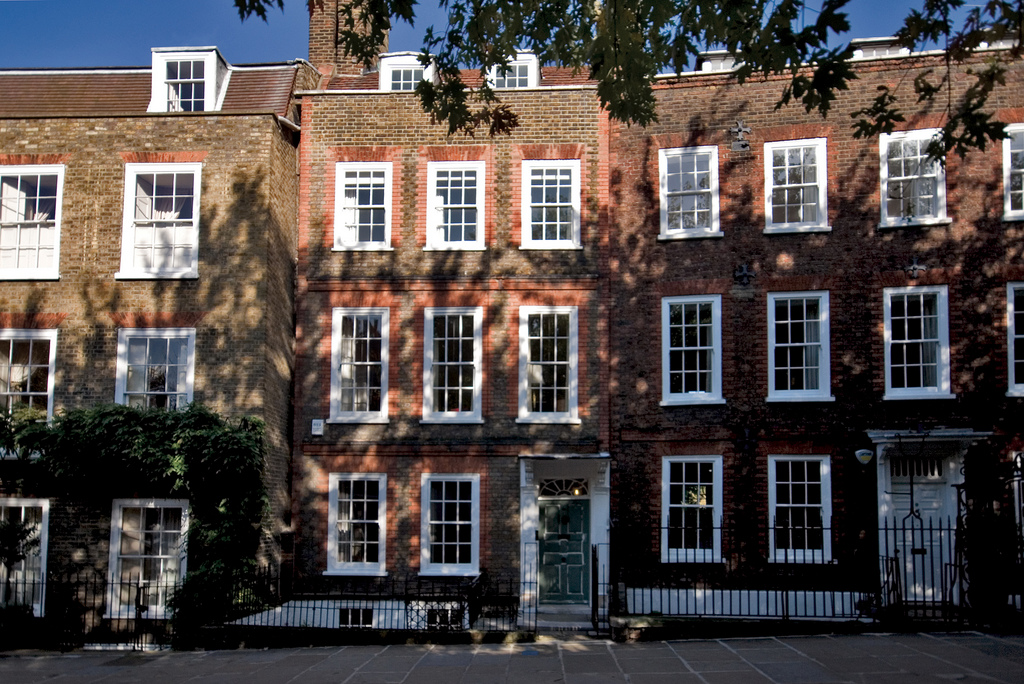
George Lynch married Carmela Lescher in October 1902. This was a nicely complicated family wedding. Mr. and Mrs. Frank Harwood Lescher, the bride’s parents are both O’Bryen cousins. Mrs. Frank Harwood Lescher (nee Mary O’Connor Graham Grehan), is Celia O’Bryen’s niece. She is the eldest daughter of Patrick Grehan III, Celia’s brother. Frank Harwood Lescher is the son of Joseph Sidney Lescher, whose sister Harriet Lescher is the second wife of Patrick Grehan Junior, so he is Celia O’Bryen’s step-mother’s nephew.
So the O’Bryen boys are all first cousins of the bride’s mother, and first cousins once removed of the bride’s father. This makes [Thomas] Edward, Frank [Graham], [Mary] Carmela [Anne], and [Mercedes] Adela Lescher all second cousins.
I’ve been slowly tracking down who’s who at the wedding, and will be posting that soon, but if you want to read the un-annotated write-up of it it’s here.
Back to George, this is his entry from the Catholic Who’s Who, 1908
Lynch, George — born in Cork 1868; educated at the Oratory School, Edgbaston; explorer in the Pacific Islands and Western Australia; correspondent for The Daily Chronicle in the Spanish American War, and during the Boer War for Collier’s Weekly, and other papers; his daring effort to leave Ladysmith during the investment involved his capture and imprisonment in Pretoria. He has since been with the International Forces to Pekin, followed the Russo-Japanese War, and been several times round the world. Mr Lynch married (1902) Carmela, daughter of Frank Harwood Lescher, and is the author of The Bare Truth about War — The Impressions of a War Correspondent — The War of the Civilizations and other books.
OBITUARY: MR. GEORGE LYNCH, 1929.

We regret to state that Mr. George Lynch, F.R.G.S., the explorer and war correspondent whose inventive genius was so useful during the Great War in the work of overcoming barbed-wire entanglements, died at his residence in West London on December 29, aged sixty. Mr. Lynch was a Cork man. After early education at St. Vincent’s College, Castleknock, he came to England and entered the Oratory School. A traveller at heart, he found an opportunity, as a young man, to explore ‘extensively the Pacific Islands and Western Australia. After the outbreak of the Spanish-American war, he became correspondent, for those operations, to the Daily Chronicle; and during the Boer War he acted in a similar capacity for the Illustrated London News and for Collier’s Weekly. A daring attempt to get out of Ladysmith at the time of the famous siege led to his being captured and imprisoned by the enemy. Since that time Mr. Lynch had been with the International Forces to Pekin, had followed the Russo-Japanese War, and was with the Belgian Army in the Great War; it was in this last campaign that he invented the S.O.S. (” Save Our Skin “) gloves and other appliances for dealing with barbed wire. In his time he represented many important papers, and he had been six times round the world.
Among Mr. Lynch’s published work, apart from his many letters from seats of war, were several volumes based on his experiences : The Impressions of a War Correspondent; The Bare Truth about War; The War of the Civilizations; Realities; The Path of Empire, Old and New Japan.
The funeral took place on Wednesday last, after a requiem at St. Mary’s, Bayswater.—R.I.P.
The text immediately above was found on p.21, 5th January 1929 in “The Tablet: The International Catholic News Weekly.” Reproduced with kind permission of the Publisher” The Tablet can be found at http://www.thetablet.co.uk .
